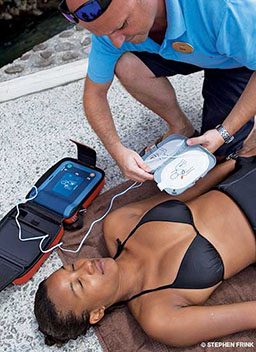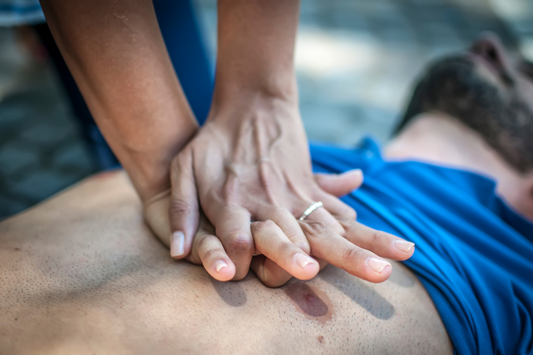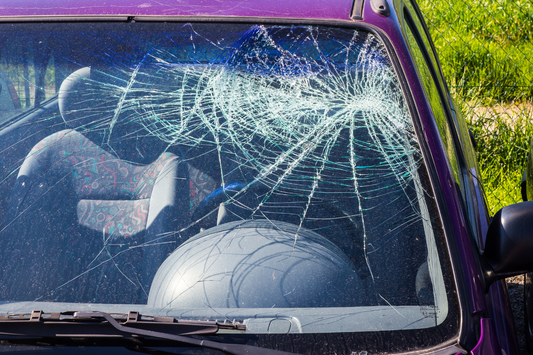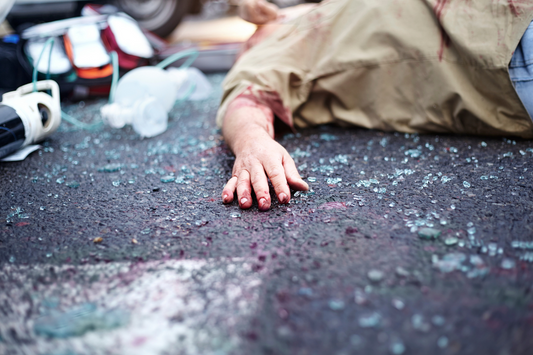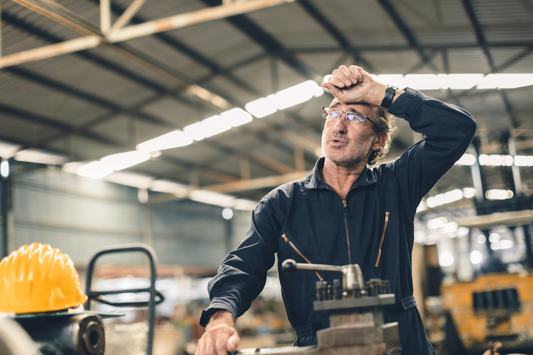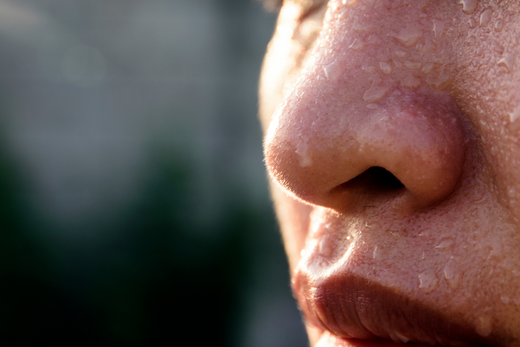AED must always be used in conjunction with CPR
1 person AED use
- call 000, using loud speaker function so your hands a free for CPR
- apply AED
- follow all prompts to ensure CPR is started as soon as possible
- ensure you are aware of your address.
- tell 000 of any barriers to access such as stairs, animals that are not restrained.
- Keep going!
2 person AED use
- First Aid 1-start CPR
- First Aider 2- run the AED.
- First Aider 2 does the AED, 000 and remains attentive to the environment
- Swap roles each time the machine analyses to ensure sustainable delivery of CPR
Do not forget to turn your machine on!
- It will tell you what to do from start to finish
- Listen, and do what you are told!
- Ensure you properly prep the chest-everything off! Hair, clothes, bras and patches.
- It will check your patient every 2 minutes. It may or may not offer a shock, depending on the rhythm of the patient
- Be confident-confidence is contagious
When is an AED needed?
AEDs are used to revive someone from sudden cardiac arrest.
This usually occurs when a disruption in the heart's electrical activity causes a dangerously fast heartbeat (ventricular tachycardia) or a fast and irregular heartbeat (ventricular fibrillation).
- CPR should stop only when the AED prompts the first aider to do so.
- CPR immediately re commences after the AED analyses and a shock has been delivered.
- Continue CPR until emergency services arrive.
- Do not remove the AED pads even if the patient becomes responsive.
